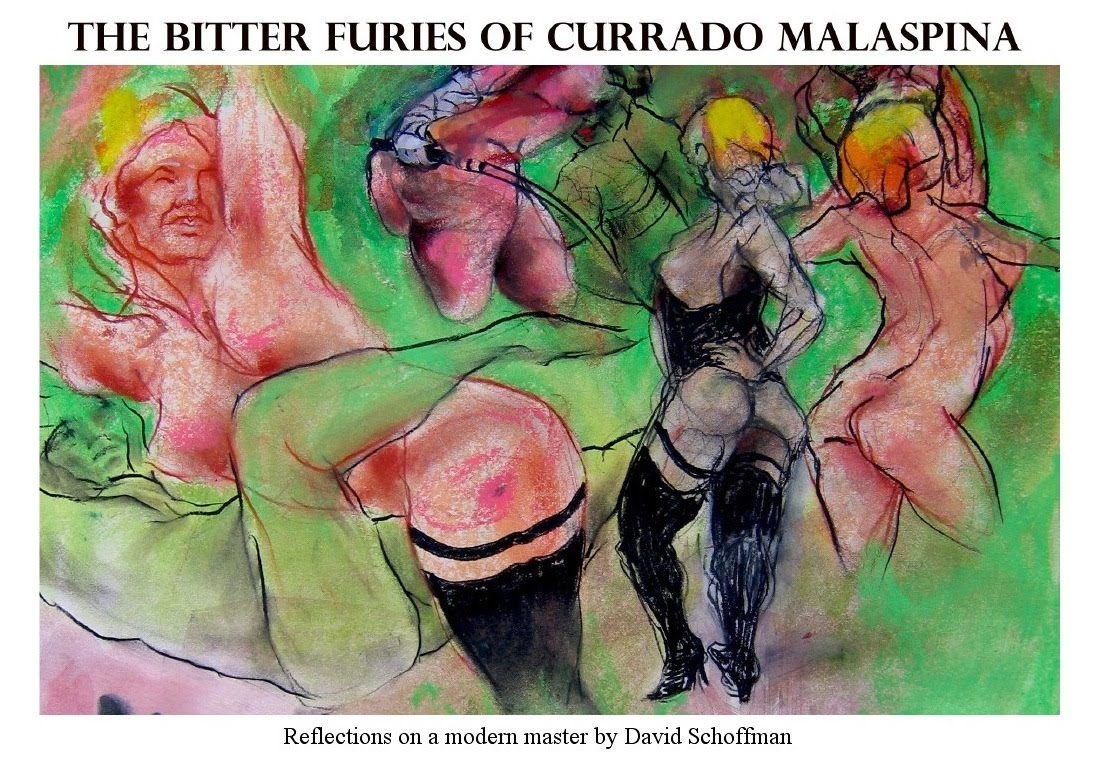Ever since being awarded the prestigious Prix Mulet in 2009, Currado Malaspina has been badgered by paparazzi. Worn out by the pesterings and provocations of the dogged "entertainment press," he finally gave in and decided to ignore them. As a result, the French tabloids can be counted on to regularly publish scurrilous and compromising photographs of my beleaguered and indecorous friend.
On any given morning, an ill-focused photo will appear depicting the Continent's most beloved Lothario fixed in drowsy embrace with another vedette du cinéma, fashion model, socialite or innominate blanchisseuse. One gets the impression that Currado spends all his valuable time pursuing fleeting intimacies.
How can a grown man allow his polymorphously perverse, arrested sexual development be exposed in front of a callous and critical public and still maintain some modicum of self-respect? This is not some small matter of indiscretion or a harmless though antiquated expression of the French conceit of "droit de seigneur." No, Malaspina is a frail, emotionally impecunious adolescent.
I dare say, there are other ways to dwell in the public's imagination, pursue prominence and garner renown.





